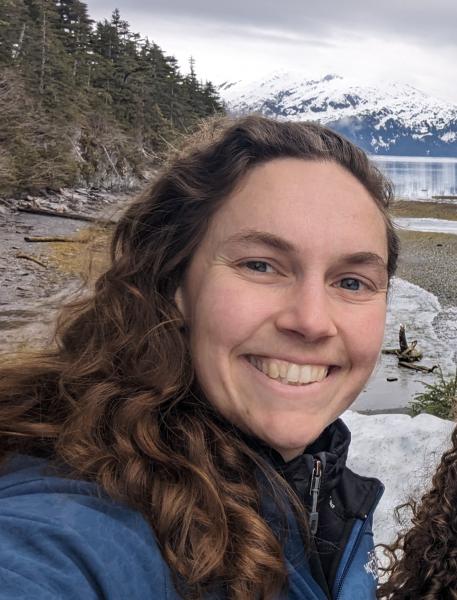The mechanics of (laboratory) earthquakes and aseismic slip due to fluid injection
Sara Beth Cebry
U.S.G.S.

- Date & Time
- Location
- Hybrid in-person and online seminar via Microsoft Teams
- Host
- TBA
- Summary
luid injection decreases effective normal stress on faults and can stimulate seismicity far from active tectonic regions. Based on earthquake nucleation models and measured stress levels, slip will be stable, aseismic, and limited to the fluid pressurized region—contrary to observed increases in seismicity. To understand how fluid injection effects earthquake initiation, rupture, and termination, I used large-scale laboratory faults to experimentally link effects of direct fluid injection to rupture behavior.
Comparison between the nucleation of dynamic events with and without fluid pressure showed that rapid fluid injection into a low permeability fault increases multi-scale stress/strength heterogeneities that can initiate seismic slip. Factors that increase the intensity of the heterogeneity, such as increased injection rate or background normal stress, promote the initiation of small seismic events that have the potential to “run away” and propagate beyond the fluid pressurized region.
Whether or not the seismic slip can “run away” depends on the background shear stress levels. When the fault was near critically stressed, dynamic slip initiated quickly after high fluid pressure levels were reached. The dynamic slip event propagated far beyond the fluid pressurized region. In comparison, when the fault was far from critically stressed, dynamic slip initiated hundreds of seconds after high injection pressures were reached and this event was limited in size by the region affected by fluid pressure.
We conclude that localized decreases in effective normal stress due to fluid pressure can initiate slip, sometimes seismic slip, but the background shear stress controls whether or not that slip and grows into a large earthquake.
Closed captions are typically available a few days after the seminar. To turn them on, press the ‘CC’ button on the video player. For older seminars that don’t have closed captions, please email us, and we will do our best to accommodate your request.
 Jump to Navigation
Jump to Navigation